Understanding the physical behavior of the building as a system and how it impacts the energy efficiency, durability, comfort, and indoor air quality is pivotal in the creation of high-performance buildings. What does this actually mean? It means we are talking Building Science Fight Club.

Christine Williamson has spent her career in building science forensics, discovering why buildings fail, and working with owners, architects, and builders to remedy the problems. Her new construction consulting role/job helps architects use building science not only to mitigate the risk of failure but also to help them make their projects as energy-efficient as they are beautiful.
She is the founder of the Instagram account @BuildingScienceFightClub, an educational project that teaches architects about building science and construction. She graduated from Princeton University and studied at Boston Architectural College before completing her Master’s of Architecture at NewSchool of Architecture + Design. She is a member and past chair of ASHRAE Technical Committee 1.12, Moisture Management in Buildings.
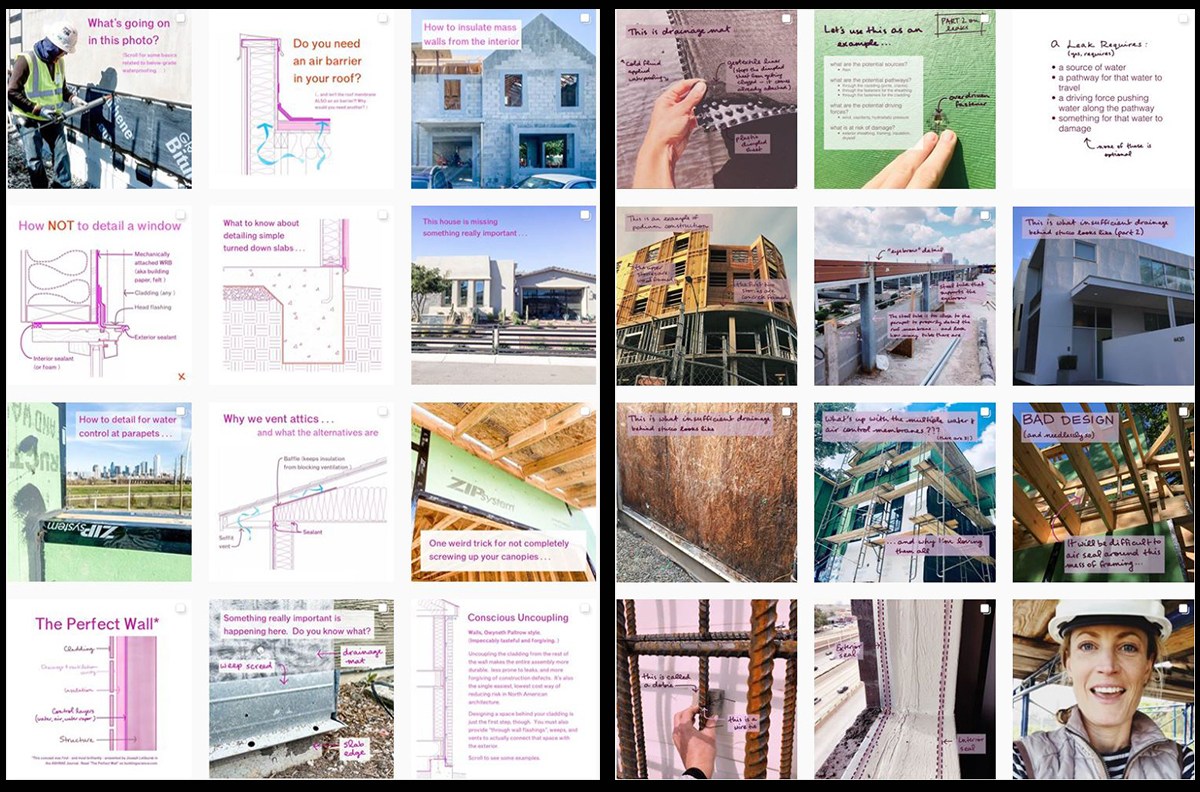
Let’s start off with a brief discussion about building science – How do you define what Building Science is to other people? jump to 3:31
It is really difficult to describe to those outside of the field. Mostly I tell people I work in architecture and let that be it. But within the profession, it becomes about making specific non-structural decisions about the architecture with a goal to reduce and manage risk. A large amount of this is based on the management of water, but there are definitely other issues that were addressed. This is mainly for new construction. Then in the instance of existing buildings, it becomes more like “forensic” architecture. A process of investigation to determine what is causing the problem in the building envelope that is causing certain unwanted conditions.
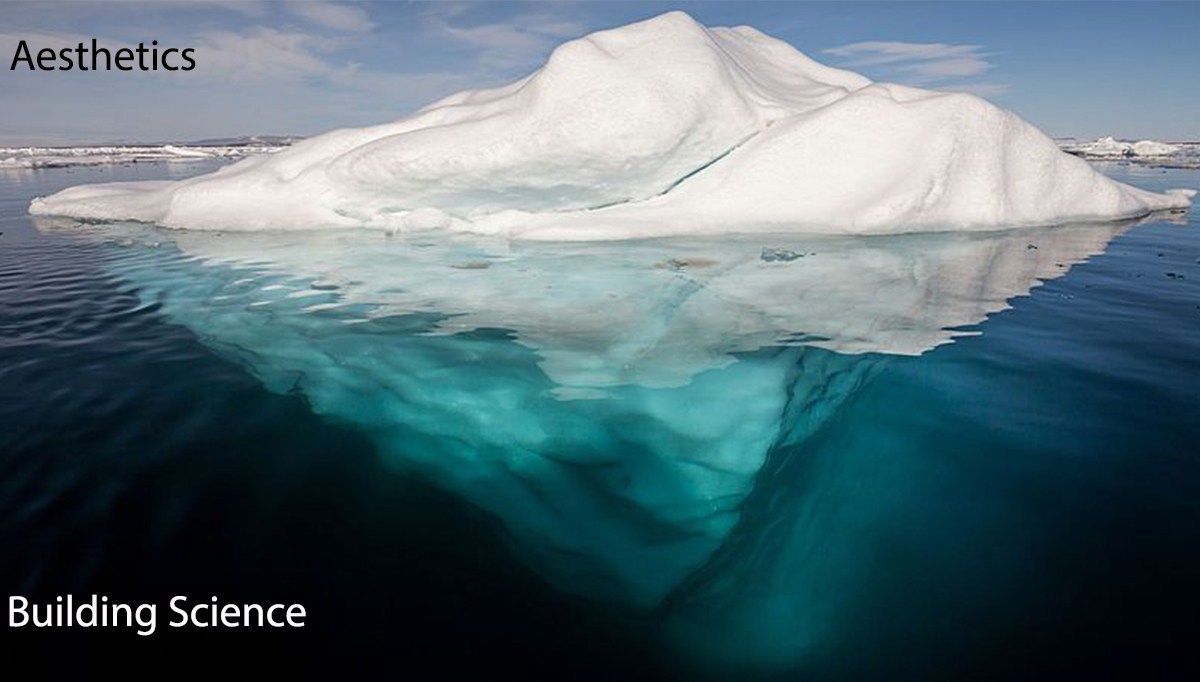
Why is Building Science important and why should more people care about this answer? jump to 9:20
One of the ways to think about this is to use the “Iceberg Analogy.” In this, the part above the surface is the aesthetic part of architecture, like veneers and finishes, and the part below the water is the bulk of the building. The core structure, envelope configurations, and the other technical information and systems that make up the bulk of the building is that larger portion that lies below the visible surface. This is a difficult idea to transfer to “consumers” of architecture.
There is often an “asymmetrical information” situation where the professionals know a great deal more about the product than the customer. This notion applies to many industries in the world and architecture exists in similar ways. The design professional knows about all aspects of the iceberg, but that ink less than the providers. This economic term applies to this situation in many ways as much as any other industry. So it becomes very difficult for the customer to be able to “know” exactly what they are getting. All houses (well most) are all unique products so the idea of common and trusted knowledge is more difficult to produce.
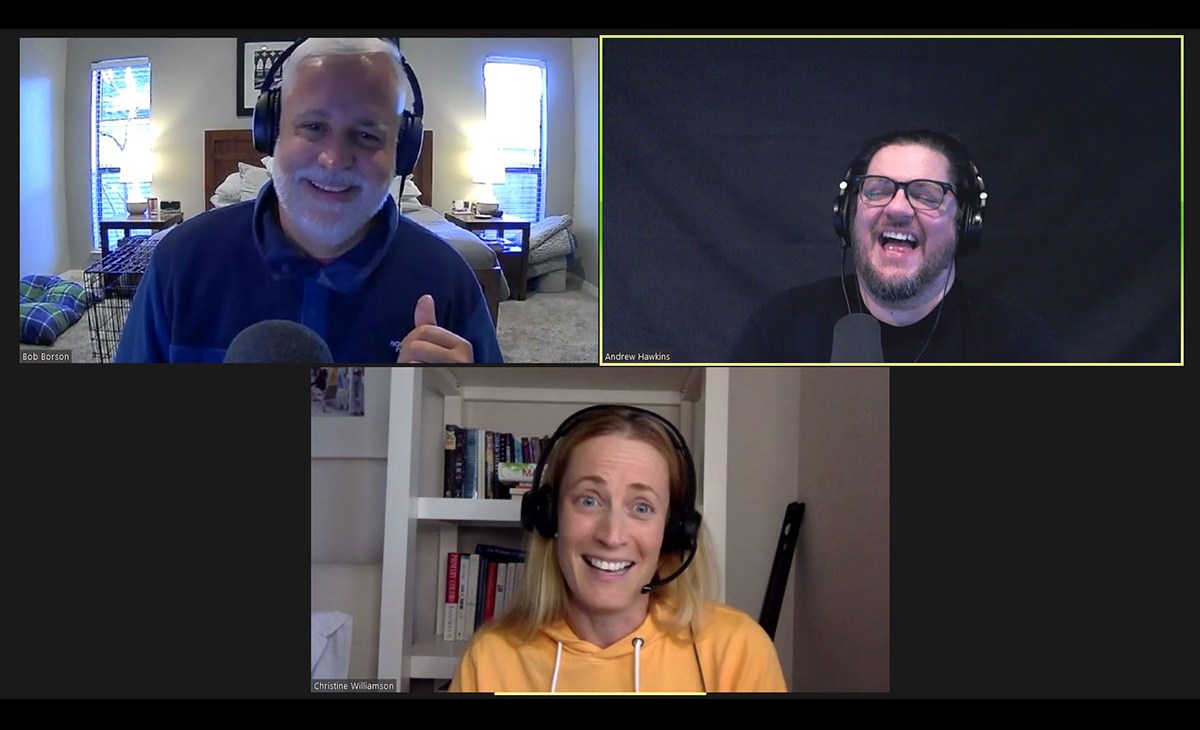
What drove you to building science? How did you discover this as your passion? jump to 17:10
A part of this was from my father, who was an engineer involved in this aspect a bit. But my first job in the field as an intern was for a firm that focused on this aspect. The firm designed buildings that reduced energy consumption drastically in their operations. So this was my introduction to building science and it gave me the interest.
After my master’s completion, I looked for jobs in many locations and I had a difficult time finding work, but then I met an architect at a party and he opened my eyes and pointed me to follow my passion for building science. So began to work in the field of building science rather than traditional architecture. I was “thrown” onto the job sites and construction projects from the very beginning. Even though I felt lost and overwhelmed at first, this taught me a great deal about the processes and continues to inform my work.
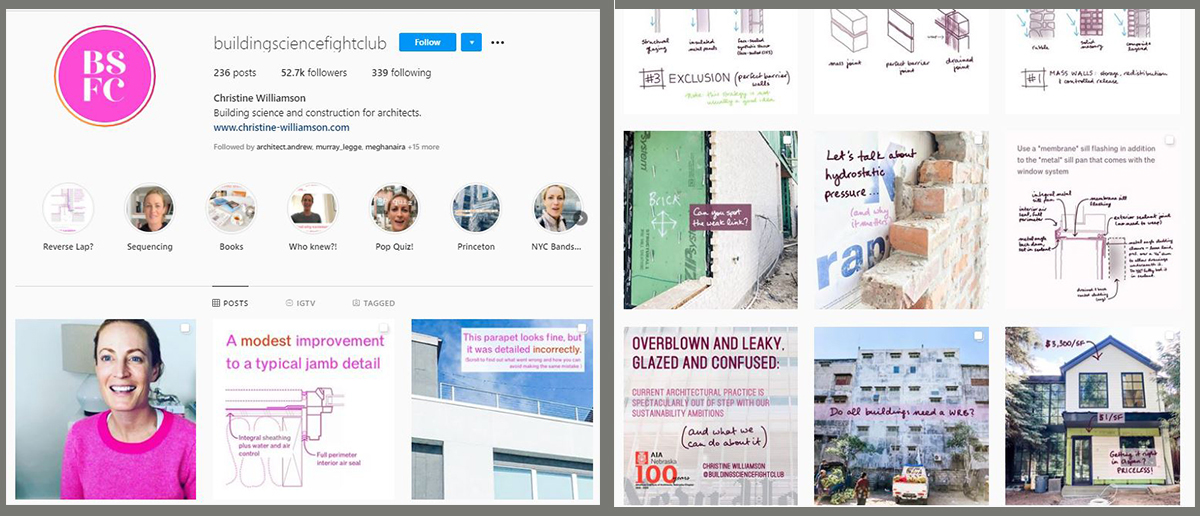
The value of the BSFC Instagram account jump to 29:29
The content is educational … but that doesn’t sound like much fun, but it clearly has resonated with a lot of people in the building community. This project started out of the fact that I had colleagues from school that were moving upwards in their careers and yet they still had questions about this topic. So I started taking photos of conditions and details and explaining them. It just kinda took off from there.
I really see this as an educational project as approach it as such. I spend a significant amount of time on each post and try to thoroughly explore the topic. Now that I have more followers, I have to attempt to keep the projects more anonymous than before. I can no longer just post images of random projects and point out issues. All projects in my feed are ones that I am working on and I try to keep some anonymity to which specific project the detail comes from. The Instagram account has grown more than I could have ever expected.
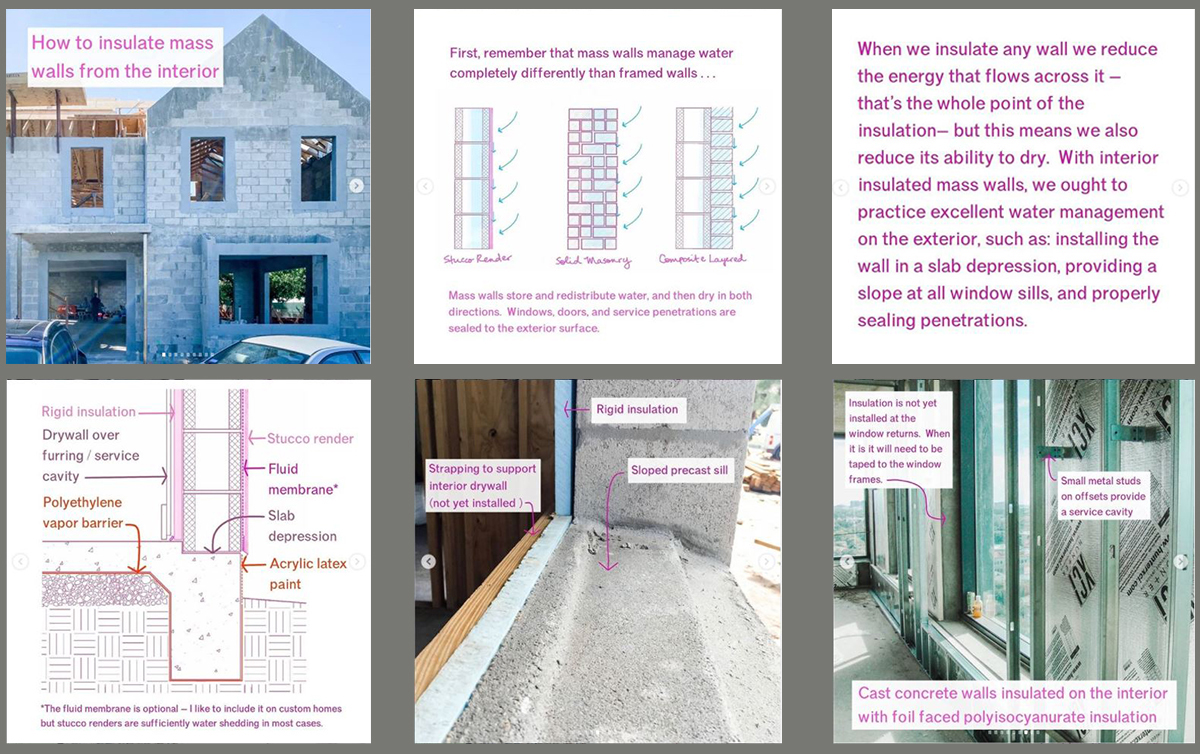
Building to a higher standard jump to 43:33
This is not always related to additional cost but does involve some financial considerations. Bringing in qualified persons to provide the correct amount of attention to the building science may mean an increase in professional costs, but may also save costs in the operations and lifespan of the building. This additional cost upfront is a small percentage of the overall project costs and can impact the final product in a more profound and even financially beneficial manner.
But there is a point at which the idea of “better” is not always about cost or products, but can be more about methodology and technique. It may be that there is a newer or more refined way to get improved performance from the building envelope. New products, new methods, new configurations are being introduced in the field at such a rate that unless it is your specific job to keep up, there may be unknown possibilities.

We are taking on yet another one of Andrew’s hypothetical questions – he is on quite the run lately. I would also like to say that I really like it when our guests decide to play along and answer these questions – it is not a requirement and we let them know that they are not expected to play along, so extra kudos to Christy for joining in the fun. jump to 57:54
"You find a book that you begin to read only to discover that is it the story of your life. You read until you get to the point that is today … do you continue reading knowing that you will not be able to change the events to come?"
Surprisingly enough we all agree on this one, but the rationale behind our responses all come from different perspectives. But we manage to dive into some small rabbit holes and push this question into multiple circumstances. In those areas, we begin to disagree a little, especially on the aspects of what is actually in the book.
So this discussion lends to the concepts of building science being complex and far-reaching when it comes to architecture and they are essential in the creation of efficient, long-lasting buildings. It involves so many aspects beyond architecture and design but is critical to the success of those aspects of buildings. Christine is out in the field espousing the benefits and the need to pay attention to this aspect of the profession. The path that Christine has taken to get to this position in her career was unique and now she is using her passion for building science to inform and educate others in the field.
Cheers,







